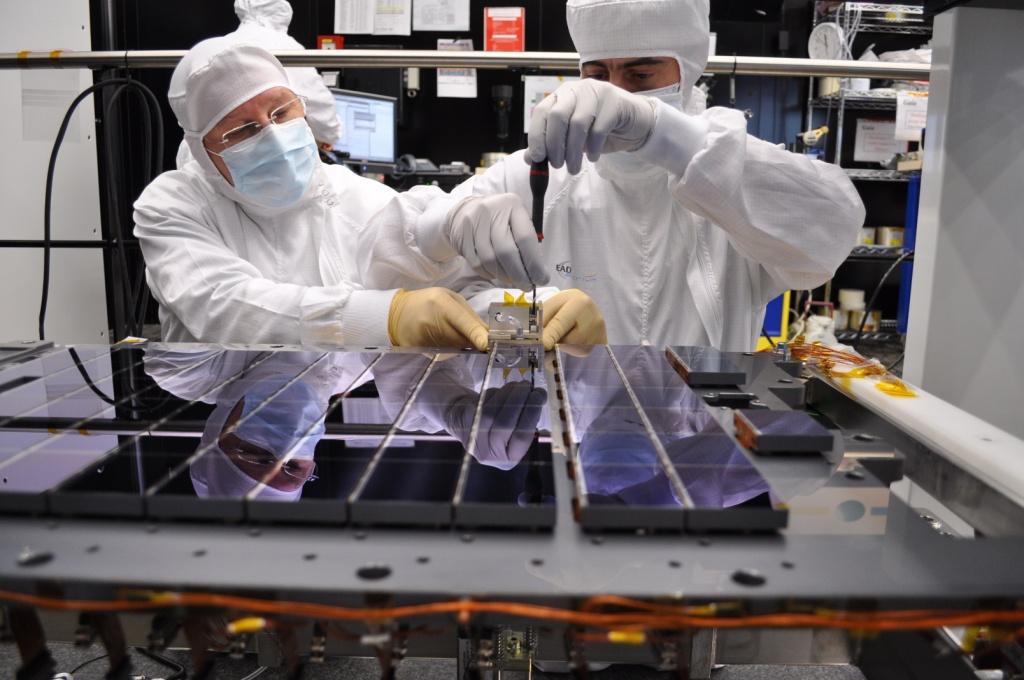ESA builds billion-pixel digital camera to map the Milky Way

In order to meet its ambitious mission of mapping a billion stars in the Milky Way galaxy by 2013, the European Space Agency (ESA) has assembled what it describes as "the largest digital camera ever built for a space mission." Comprised of 106 CCDs that are 4,500x1,966-pixels each, the CCD array is the centerpiece of the ESA's Gaia project, whose goal is to create the largest, most precise 3D map of our galaxy. By launching a spacecraft containing the CCD array into a specific orbit that minimizes obstructions (by the Sun and Earth) in the camera's fields of view, Gaia plans to monitor each of the stars in its census about 70 times during a five-year span, charting positions, distances, movements and changes in brightness.
So why the disclaimer of "for a space mission" tacked onto "the largest digital camera ever built" phrase? Possibly because the University of Hawaii's Institute for Astronomy already has a bigger digital camera working in its Panoramic Survey Telescope & Rapid Response System (Pan-STARRS) project. The Pan-STARRS camera (one of four to be mounted on high-powered telescopes) is made up of a 64x64 array of 600x600-pixel CCDs, which delivers 1.4 billion pixels (or 1.4 gigapixels).
Of course, if you want to snap your own gigapixel images, you could always get yourself one of these.
